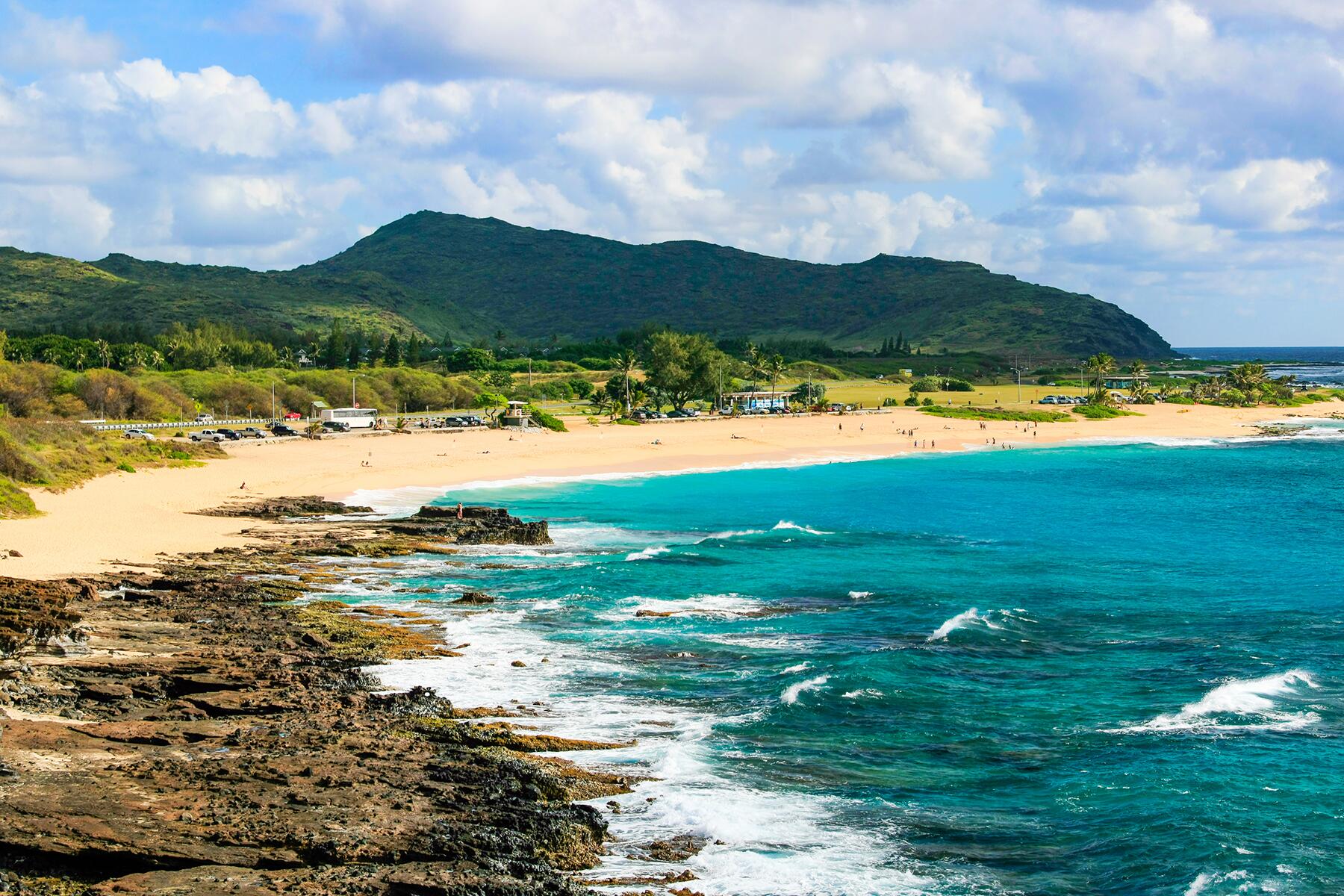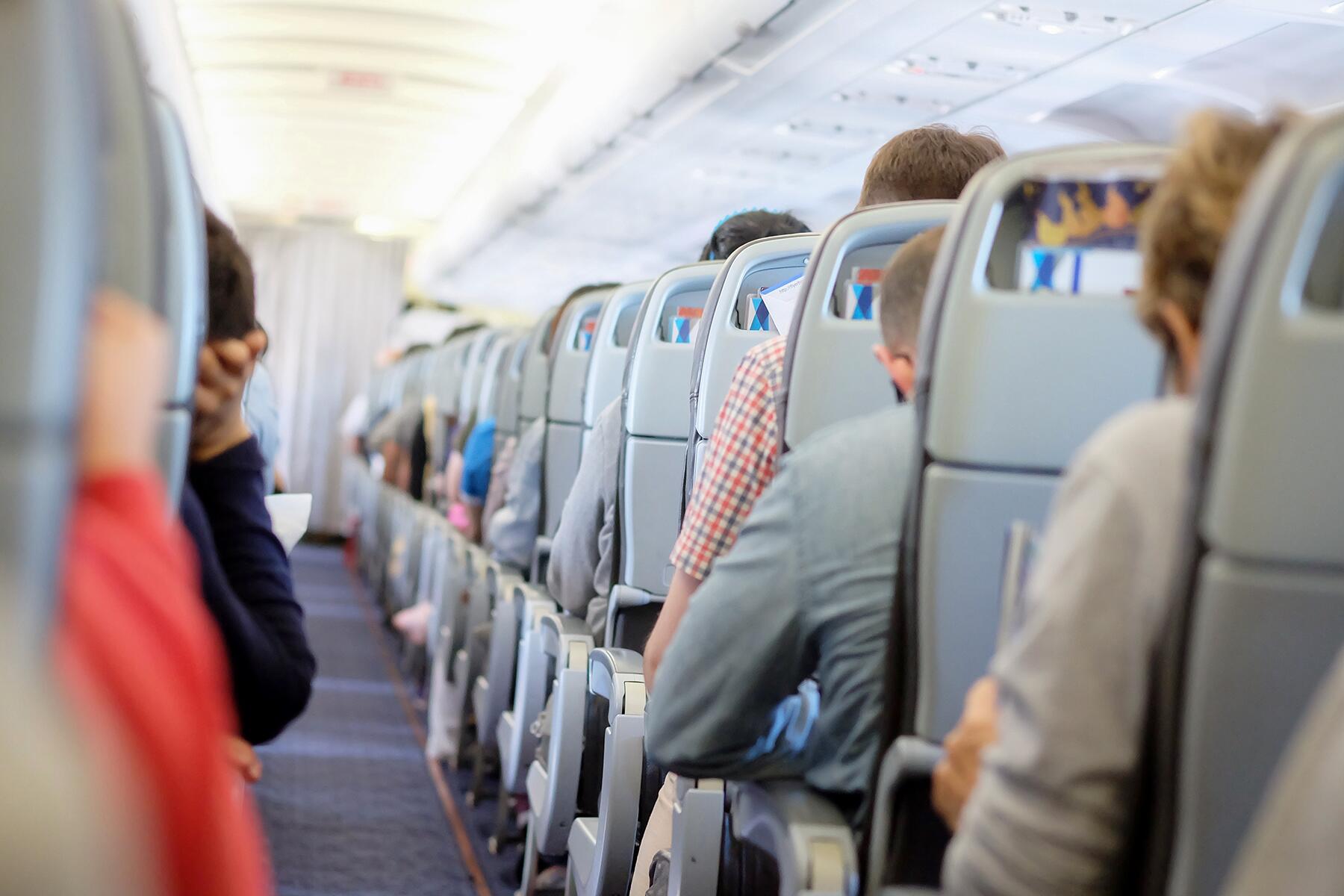Navigating travel as a plus-size person can come with some challenges, but these tips and resources can make it a smooth experience.
There is an abundance of plus-size travelers sharing their experiences flying on social media. These are a helpful conversations and recommendations to have accessible. These personal experiences help other travelers know what to expect or something they had not considered. Of all the questions and conversations aroundn plus-size travel, one recurring concern shared on social media is flying. Here are some common worries and ways to address them.
The Second Seat
Although the policy verbiage varies, all airlines have a similar stance on when a customer should procure a second seat. If you cannot purchase a second seat due to finances or the flight being sold-out, you might have to take the next flight.
Southwest is often the most popular airline amongst the plus-size travel community due to its customer-of-size policy. The policy allows a passenger to secure a second seat for each leg of their flight. Per their website, “The armrest is the definitive gauge for a Customer of size. It serves as the boundary between seats. If you’re unable to lower both armrests and/or encroach upon any portion of a seat next to you, you need a second seat.”
Recommended Fodor’s Video
Customers can pre-purchase the second seat when they make their reservation. The cost of the second seat gets refunded after travel. Flyers can also ask to use the customer-of-size policy at the ticketing counter. With this option, the customer does not need to pay for a second seat. While I opt for the latter during peak times, it is riskier since it may not be available.
For Delta Air Lines, the policy is different.
“Delta does not require a passenger who needs a seatbelt extender or is unable to lower the armrest to purchase an additional seat. However, please be aware that if a passenger impedes another passenger, they may be asked to move to another location that provides additional space, or in the event of a full flight, be asked to take a later flight with available seating.
To avoid this situation and for the passengers’ personal comfort, Delta recommends that passengers purchase an additional seat.”
Delta does not refund customers who need to purchase a second seat. I contacted customer service after a flight to request a refund because the flight was not at capacity. In other words, there wasn’t anyone else assigned to my row. Or there were other empty rows on the aircraft. As a gesture of good faith, they did issue a refund even though it is not their standard practice. I have had the same experience with American Airlines. It is also an option with Alaska Airlines. Customers who were not on a full flight can have the price of their second seat refunded by filling out this form.
To date, the only other airline with a customer-of-size policy that allows a larger passenger to procure a second seat for free is Air Canada. However, they are limited to only domestic flights within Canada and a form to be filled out by the passenger’s doctor.
Popular European airlines such as Ryanair, KLM, and British Airways have similar policies requiring larger passengers to purchase a second seat when they can not put down the armrest or their body encroaches into seats next to them.
Seat Belt Extenders
Another recurring concern for plus-size travelers is using aircraft seatbelts and their discomfort of asking for an extender. A seemingly easy solution is to purchase and bring one’s own seatbelt extender. While a flight attendant likely will not confiscate it or throw you off the plane, this is a prohibited practice. United Airlines addresses using personal seatbelt extenders on its website in this statement: “If you do not require two seats but require a seat belt extension, you may ask for one from a flight attendant on board. You are not allowed to bring or supply your own seat belt extensions.”
Personal seat belt extenders have not been inspected or tested for safety. FAA (Federal Aviation Administration) guidelines, state that “seat belt extenders are considered part of the aircraft seat and must be provided by the airline.” It’s important to note that even if an online company has marked their extenders as FAA compliant, that is false. The FAA has not approved any seatbelt extenders beyond those used on aircraft.
One of the risks of using a non-airline-issued seatbelt extender is that you may void your travel insurance policy if you file an injury claim. You could also be liable for (financially or legally) any injuries incurred by other passengers from your own seatbelt.
Like seats, the length of a seatbelt will vary based on the aircraft. The best practice is to ask for an extender as soon as you board. If you are a customer that pre-boards, you can get what you need before there starts to be a crowd. Flight attendants have trained to assist you as discreetly as possible.
Helpful Apps for Plus Size and Disabled Travelers
Ultimately diversity and inclusion should be a part of travel. Unfortunately, there are too many incidents when that is not the case. TikTok is my favorite resource. I can learn about an area or experience because it allows me to see information in real-time and from a personal perspective. However, in addition to social media posts and reviews, there are apps (and websites) that are also incredibly helpful. If you are a plus-size or disabled traveler, add these resources to your arsenal. Here are my favorite ones:
1. Visitable: They are currently operating in Virginia but have plans to expand. The website allows users to search for locations and see if they have true accessibility, particularly for wheelchair users. Everything from the ability to enter or exit a building to bathroom usage, even counter heights at department stores.
2. All Go: Getting around a destination can also be challenging. All Go’s platform is designed to allow viewers to see reviews of places, venues, and events to gauge their inclusivity. It also shares what modifications might be available.
Friendly Like Me: Their platform is designed to create a resource of accessibility for both plus-size travelers and disabled travelers and locals alike. Users can share or read reviews of restaurants, businesses, public spaces, or events. There are reviews for everyday services like accessibility




